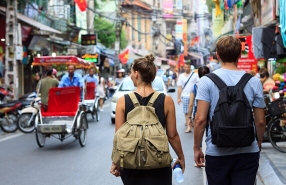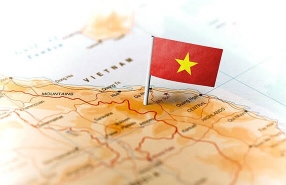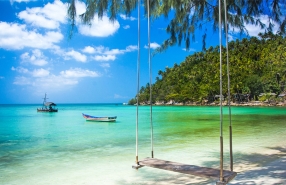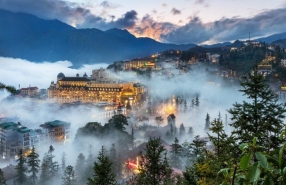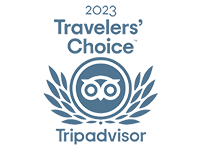One Day In Cau Ke Tra Vinh With Mr Matin's Remark

When one lives one day in Cau Ke Tra Vinh, one discovers an authentic Vietnam where daily life blends gently with traces of the recent administrative merger. With the support of the Vietnam travel agency - Autour Asia, one is immersed in a vibrant rural environment marked by lively markets, lush orchards, and the generous hospitality of the locals. One observes how traditions, crafts, and cuisine continue shaping Cau Ke’s identity despite administrative changes. Walking through peaceful paths and Khmer villages, one feels a serene and profound atmosphere that turns this exploration into a memorable cultural immersion.
 Table of Contents
Table of Contents
I. Why spend one day in Cau Ke Tra Vinh?
I chose to experience one day in Cau Ke Tra Vinh after learning that this area had recently undergone an administrative merger. This reorganisation intrigued me because I wanted to understand how a region could continue asserting its identity after an official change. The national administrative restructuring plan of 2025 included the proposal - later followed by decisions - to regroup several provinces of the Mekong Delta, including the announced merger of Tra Vinh with neighbouring provinces as part of a larger territorial reorganisation. This had direct implications for local administration and development planning.
When speaking with the inhabitants, someone told me: “tinh moi nhung tinh cam van cu”, a sentence I kept in mind because it perfectly symbolized the people’s spirit: modern in paperwork, but traditional at heart.
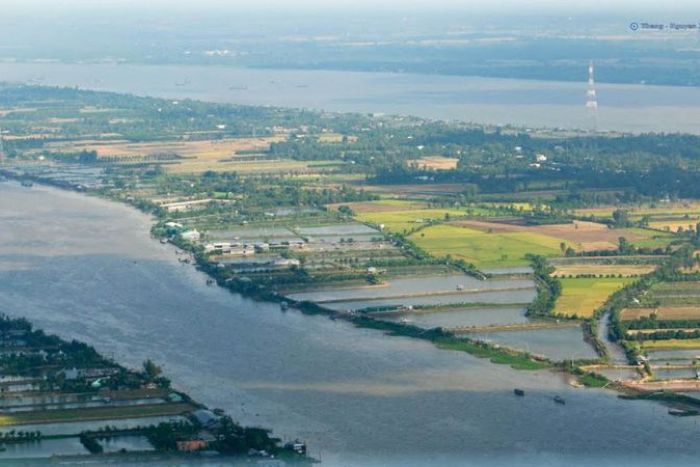
I prepared this journey with the professional support of the Vietnam travel agency - Autour Asia, hoping to feel this contrast. I focused on Khmer villages, pagodas, orchards and daily activities that define the soul of the region. From the moment I arrived, I promised myself to observe every detail to understand what one day in Cau Ke Tra Vinh truly represents: an immersion in a culture evolving without losing its authenticity.
II. Itinerary for one day in Cau Ke Tra Vinh
1. Morning - Markets, encounters and first impressions
I began one day at the Cau Ke Tra Vinh district market, a vibrant place where the local rhythm is instantly felt. I walked between still-wet stalls while vendors called out to me. A woman handed me fruits, saying: “trai cay vuon nha, an thu di”. I accepted and smiled at this spontaneous generosity.
Further on, I met fishermen returning from the Co Chien canal. They told me how the administrative merger had redefined some fishing zones, but their family methods remained unchanged. I tasted banh tet la cam, a purple Khmer specialty, fragrant and sweet.
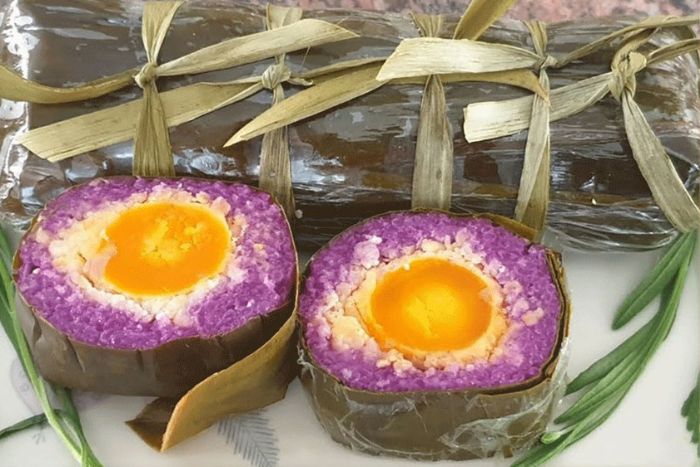
I later arrived at a village specializing in sedge mats. An elderly woman invited me to sit and try my hand at weaving. She guided my hands patiently. This simple moment filled with human warmth plunged me into the essence of one day in Cau Ke Tra Vinh.
2. Khmer heritage and living spirituality
In the afternoon, I spent one day in Cau Ke Tra Vinh by visiting several Khmer pagodas. I began with Ang Pagoda, an ancient place marked by vivid colours and detailed sculptures. The monks welcomed me with impressive calm. Walking barefoot on the warm ground instantly transported me into another rhythm.
A young monk explained that the administrative merger did not influence religious life. He told me: “Viec hanh dao la cua long nguoi, khong phai cua giay to”. His words touched me: spirituality comes from the heart, not from paperwork.
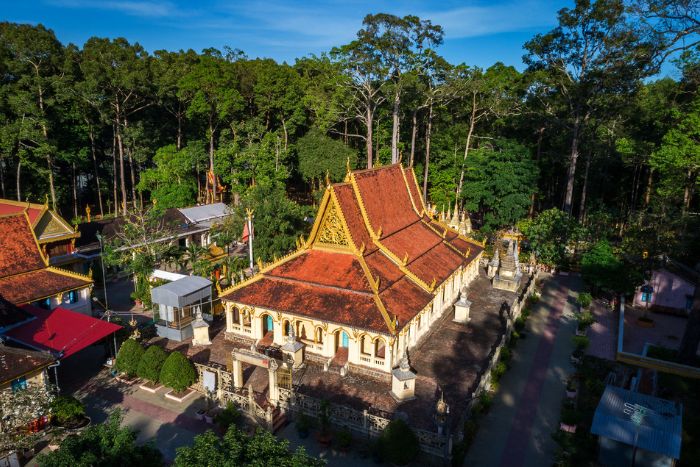
3. Noon – Southern Vietnamese home cooking
At noon, I shared a family meal, a central moment of one day in Cau Ke Tra Vinh. I was served canh chua ca loc, tom rim and rau muong xao toi. The dishes were simple but incredibly flavourful.
The head of the family explained that some agricultural products now followed different administrative circuits due to the merger, but at home, “they cooked like before”. Their cooking remained a reflection of their identity.
The meal cost about $9 - 11, and it offered total immersion in their daily life. We talked about local life, climate, and traditions. The warmth I felt turned this lunch into a powerful experience. It showed me that food is a universal language and a pillar of one day in Cau Ke Tra Vinh.
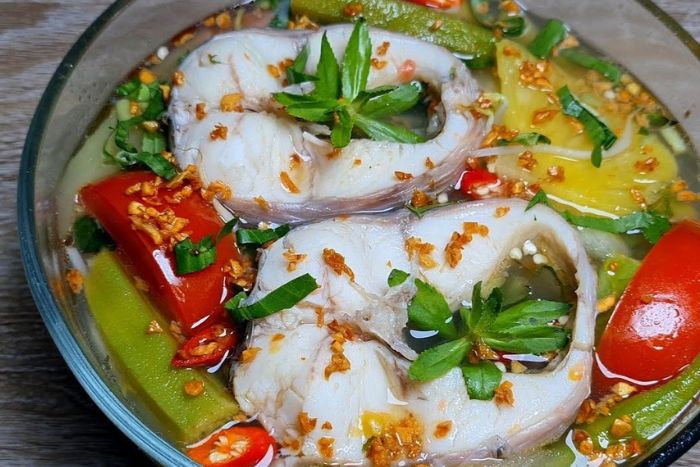
4. Afternoon - Cycling through orchards
In the afternoon, I continued one day in Cau Ke Tra Vinh by taking a bicycle to explore the orchards. Mango, durian, and rambutan trees filled the air with sweet perfume.
I met a farmer who proudly showed me his orchard. He said: “dat Cau Ke mau mo, trong gi cung duoc.” - the land is so fertile that everything grows easily. He explained that the administrative merger had improved access to agricultural infrastructures, making deliveries smoother.
I rode across small concrete bridges typical of the delta, passing children who waved shyly. This peaceful and authentic ride became one of the most symbolic moments of one day in Cau Ke Tra Vinh.

5. Banh trang workshop
Later in the afternoon, I visited a banh trang (rice paper) workshop. The smell of steamed rice and the heat of the stove wrapped around me instantly. I watched the precise gestures repeated for generations.
I tried turning a rice sheet myself, which made the artisans laugh. A woman told me that despite the administrative merger, their craft remained a family tradition passed down from their ancestors.

This moment showed me that, beyond administrative changes, the pride of Cau Ke’s residents lies in their precious skills. This workshop added depth to one day in Cau Ke Tra Vinh, where each product tells a story.
6. Sunset in Cau Ke
At sunset, I walked along the canal. The sun slowly descended, colouring the water with golden reflections - the perfect ending to one day in Cau Ke Tra Vinh.

III. Conclusion
Reflecting on my experience, I realized how much one day in Cau Ke Tra Vinh had given me: genuine encounters, living traditions, and rare serenity. Despite administrative restructuring, the region remains unwavering in its identity and warmth.
With the support of the Vietnam travel agency - Autour Asia, I explored Cau Ke in an authentic, respectful, and deeply human way. Every landscape, every smile, and every gesture showed me that Cau Ke lives in a fragile yet powerful balance between modernity and tradition. One day in Cau Ke Tra Vinh was not just a trip - it was an immersion into a living, generous, unforgettable culture.
> 1-week in Mekong Delta
> Top 6 best Mekong Delta homestays
> South Vietnam Tours
> Southern Vietnam 6 Days 5 Nights
For a complete 2-day itinerary in My Tho, start by visiting orchards and local farms on the first day, tasting tropical fruits, and enjoying a boat ride through the narrow waterways. In the afternoon, explore temples and pagodas, ending with a local dinner. On the second day, take an early excursion to nearby islands and floating markets, followed by craft workshops or family visits to learn about traditional skills. With the help of a specialized agency like Vietnam travel agency – Autour Asia, this itinerary becomes smooth, immersive, and well-organized, blending culture, cuisine, and landscapes.
best time to visit Can Tho is from November to April, when the weather is dry and sunny — ideal for exploring floating markets, orchards, and traditional villages. Temperatures remain pleasant, between 77°F and 86°F, and the rivers stay calm, perfect for boat excursions and riverside walks. This season is also ideal for cultural activities and agricultural visits. For a stress-free trip, consider booking with Vietnam travel agency – Autour Asia, which offers tailored programs to fully enjoy the region.
During one day in Cau Ke Tra Vinh, visitors can explore the cultural and natural richness of this Mekong Delta region. Begin with local markets to discover fresh produce and traditional crafts. Visit Khmer villages and pagodas that reflect the area’s history and spirituality. Cycling tours through orchards and rice fields offer a deep immersion into rural life. You can also join culinary or handicraft workshops to learn techniques passed down through generations. This day combines discoveries, meaningful encounters, and sensory experiences in a peaceful setting.
Related travel guide
Other similar articles
CUSTOMIZABLE BY LOCAL EXPERTS
Personalized trip at the original price!
REFUND GUARANTEE
We believe in our work and promise to give you money back.
GOOD PRICE / QUALITY
95% satisfied more than expected!
24/7 LOCAL SUPPORT
We are always available online to provide assistance at any time.
Most read articles
Autour Asia is highly recommended on
Embracing the mission of "Satisfied more than expected" and providing authentic experiences, we have received numerous recommendations on reputable travel forums:













